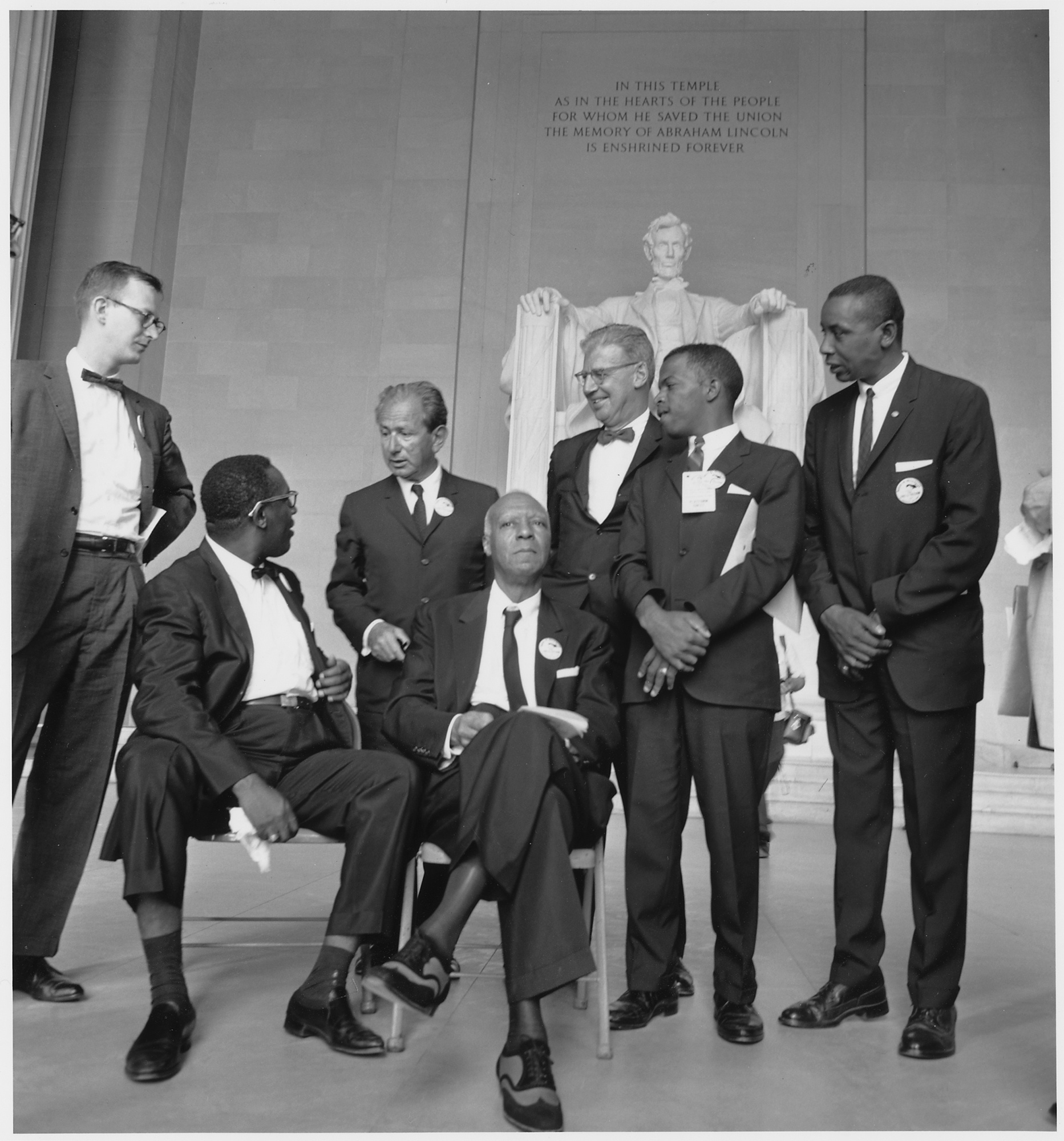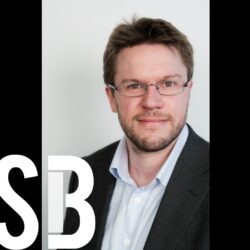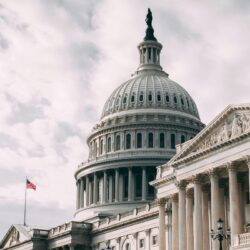This Moment, And the Next Steps for Social Change
We are, indeed, experiencing a unique moment in American history. In the summer of 2020, the nation witnessed an outpouring of emotions as tens of thousands took to the streets in virtually every state of the Union to protest the persistence of racism in America. Led by the Black Lives Matter movement and galvanized by the murder of George Floyd at the hands of Minneapolis police, protesters, both Black and White, young and old, took it upon themselves to engage in public demonstrations amid calls for social justice. For many, witnessing the slow and brutal death of George Floyd, in an eight-minute, 46-second video clip captured by 17-year-old Darnella Frazier on her cellphone, was the tipping point that moved them to action. But it wasn’t just about George Floyd. The names of Breonna Taylor, Ahmaud Arbury, Tamir Rice, Trayvon Martin, Michael Brown, Eric Garner and so many others served as a chorus to cacophonous chants of “No Justice, No Peace!” In the midst of the global and national COVID-19 pandemic, which forced millions to shelter at home for months, the American people were signaling that they had had enough.
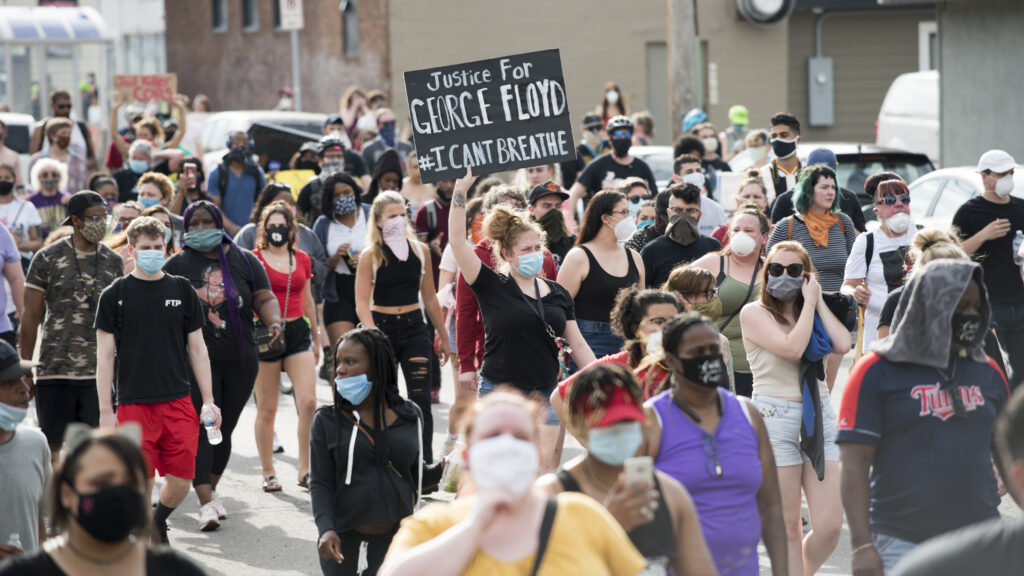
The youthful energy of Generation Z, with a boost from the Millennials, was upon us. They wanted to be part of this new movement. For many, they had never seen anything like it before. Covered with masks to protect and shield them and others from the COVID-19 virus, their voices continued to resonate throughout the crowds, the nation and the world. This was an important moment in American history. Expectations ran high, as millions began to anticipate a dramatic if not monumental shift in America’s views toward systemic racism and the prevalence of social injustice in our society. But for those of us who have long labored in the struggle for liberation and Black freedom, we recognized the significance of this new activism to all movement activities that preceded this moment, and quickly located it on the continuum of protest movements that have occurred in the Black community in cyclical fashion for hundreds of years.
I am You!
Just a few weeks before his passing, John Lewis ( 1940 – 2020), the Democratic congressman representing the Atlanta area, walked to the newly painted street mural in front of the nation’s capital, which brazenly displayed the words “Black Lives Matter” in bright neon yellow. In speaking with the young activists, he reportedly shared the sentiment, “I am you!” Lewis, of course, was referring to his years of struggle in the Civil Rights Movement that began as a 17-year-old in Selma, Alabama. Lewis was an icon of the movement that rocked the nation in the mid-20th century, one of several predecessors in American history.
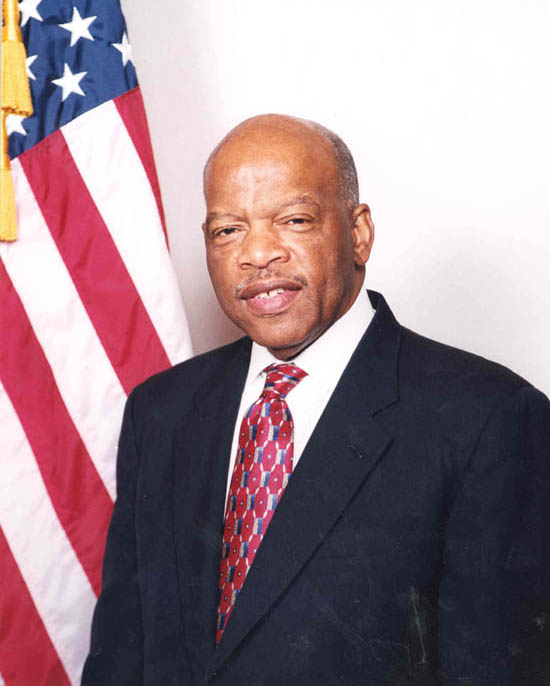
As a young college student at Fisk University (and later at the American Baptist Theological Seminary in Nashville, Tennessee), Lewis was among the founding members of the Student Nonviolent Coordinating Committee (SNCC). While the call for the conference gathering of student activists from around the nation was initiated by the Southern Christian Leadership Conference (SCLS), Ella Baker (1903 – 1986) is credited as the chief organizer. Baker, too, must be remembered as a prominent organizer in the Civil Rights Movement, mentoring hundreds of students who were preparing for leadership roles in the struggle, along with James Lawson ( born 1928), a major teacher and tactician of nonviolent activity. Lewis emerged as a leader of the youthful group. He was joined by other fiery, young activists, including Diane Nash, Marion Barry, James Bevel, Bernard Lafayette, Robert Moses, Charles F. McDew, J. Charles Jones, Julian Bond and Stokely Carmichael. Here, he continued his work in engaging the community in nonviolent protest against social injustice, focusing specifically on the end of segregation practices and the right to register to vote.
Lewis often credited his activism to inspiration he received from the Rev. Dr. Martin Luther King, Jr. (1929-68), the most prominent leader of the Civil Rights Movement in the 1950/60s. King led voter registration drives, sit-ins, pray-ins, protest rallies and marches for freedom during his young and abbreviated life. He was assassinated at the age of 39 in Memphis, Tennessee. King gained his grounding in lessons taught to him by some of his closest advisers, including, the Revs. C. T. Vivian (1924 – 2020), a staunch believer in nonviolent protest, Fred L. Shuttlesworth (1922 – 2011), Wyatt Tee Walker (1928 – 2018), Ralph Abernathy (1926 – 1990), Andrew Young (1932 – ) and others. These men participated in organizing civil rights protests during one of the most dangerous periods to be a Black man or woman in America, in both the North and the South. They endured brutal attacks by police officers, sheriffs, firefighters, business owners and the local citizenry.
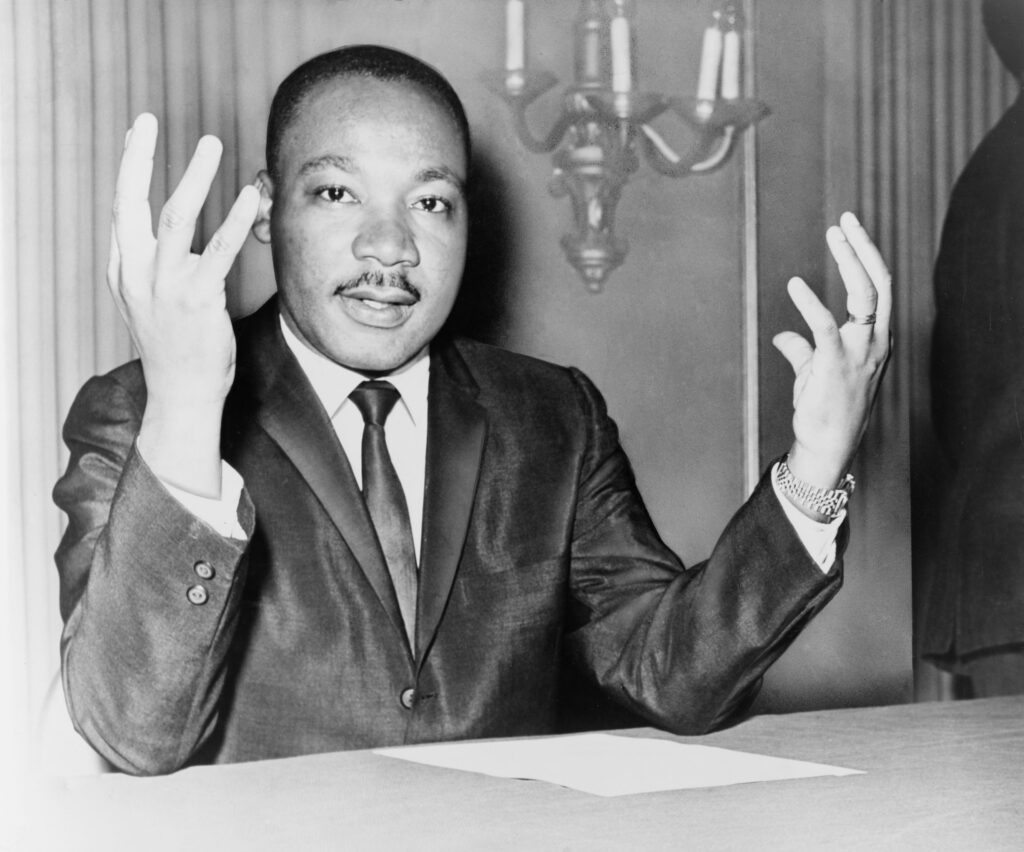
As King and others planned the historic 1963 March on Washington, Lewis, as chair of SNCC, was selected to be the youngest speaker on the program. Considered a bit “radical” by the older guard, Lewis’ words were cautiously adapted to fit the temper of the crowd. However, it was the televised 1965 march across the Edmund Pettus Bridge in Selma, Alabama, that would forever etch his name in the long history in the struggle for civil rights in the American psyche. Met by tear gas, whips and bully clubs, the peaceful, nonviolent protesters were brutally attacked. Lewis received a fractured skull and the nation was shocked into consciousness. The “Bloody Sunday” assault was witnessed around the world. American racism was stripped of its protective shield, exposing the horror and brutalization of segregation, discrimination and oppression. It laid bare for all the world to see. No longer able to ignore the blatant acts of racism that existed in the South, later that year, President Lyndon Johnson signed the Voting Rights Act of 1965 into law.
Lewis continued his life of social activism. He moved to Atlanta, Georgia, and pursued a career in politics. He was elected to the House of Representatives in 1987, serving for 33 years until his death, and notably becoming known as the “Conscience of the House.” He maintained a steadfast, unaltered commitment to a philosophy of love, forgiveness and nonviolence until the very end. In one of his most courageous final acts, Lewis wrote an op-ed for the New York Times, providing instructions that it should be published on the day of his homegoing service. In this final, poignant essay, he spoke of the inspiration provided to him by the social activism of the current generation of the movement. Lewis recalls important moments of history, as he threads together the activism of the past with that of the present. He wrote:
“Emmett Till was my George Floyd. He was my Rayshard Brooks, Sandra Bland and Breonna Taylor. He was 14 when he was killed, and I was only 15 years old at the time. I will never ever forget the moment when it became so clear that he could easily have been me.”
The message of “I am you” is clearly articulated here, as Lewis felt it was important to reiterate that we, the members of the Black community, have experienced this place and a similar moment in history before. Lewis talks about the acts of violence and oppression that have been perpetrated against Black people for so long and the ways in which the community has organized itself in the fight against racial injustice. Lewis chose to follow the philosophy and discipline of nonviolence and civil disobedience – that was his choice. But Lewis’ parting words to today’s youthful protesters, those caught up in the activism of “this moment,” is that each generation must do its part to help build what he called the Beloved Community, “a nation and world society at peace with itself,” concluding that “Now it is your turn to let freedom ring.”
Lewis’ message echoes those of physician, philosopher and African liberation freedom fighter Franz Fanon (1925-61). In his powerful and influential work, The Wretched of the Earth, Fanon famously notes: “Each generation must, out of relative obscurity, discover its mission, fulfill it, or betray it.” Fanon’s words had a powerful impact on the young brothers and sisters who were the leaders and organizers of the Black Power movement, which followed the nonviolent, “turn the other cheek” philosophy of the Civil Rights Movement. The youthful protesters sought the power to force the system to end police brutality, social injustice, systemic racism and the social oppression that exacted a heavy toll on members of the Black community. While the movement did not promote a philosophy of violent actions against the American system of injustice, members were cognizant of the violent tactics utilized by the power of governmental forces and were prepared to defend themselves against these violent intrusions “by any means necessary.”

Lewis was correct when he admonished the young people to “… study and learn the lessons of history because humanity has been involved in this soul-wrenching, existential struggle for a very long time.” The oppression of African-descendant people, which is often marked by the arrival of the first group of Africans to colonial America in 1619, is the beginning of one of America’s most egregious and unforgivable sins: The enslavement and subsequent dehumanization of all people of African descent.
The African American community has long been engaged in the fight for social justice, freedom and liberation. Organized forms of resistance helped to propel us to this current moment and provides a foundation for understanding the ideology of white supremacy and racism, which are deeply embedded in American culture. Cognition of racial and social oppression were present during the American Revolution, when thousands of enslaved Black men joined British soldiers in the fight against American colonial forces. The British lost the war, but these soldiers gained their freedom. Calls for freedom reemerged in the 18th century founding of the abolitionist movement, the German Coast Uprising of 1811, the publication of David Walker’s appeal in 1829, Nat Turner’s rebellion in 1831, and in the midst of the bloody American Civil War (1861-65).
A flurry of constructive and progressive activities unfolded during the period of Reconstruction, as the Black community sought to avail themselves to newly promised freedoms and liberties granted by the passage of the 13th, 14th and 15th Amendments. As we developed our own social infrastructure, the educational, religious, political and cultural institutions led the fight for social change. African American leadership, be it Frederick Douglass, Booker T. Washington, Ida B. Wells Barnett, W.E.B. Du Bois or Marcus Garvey, all demanded that America recognize its “race problem” and the deleterious effect it had on the Black community. Their strategies and tactics may have differed, but there was much unity in the message: America’s belief in white supremacy and the implementation of racist social practices produced harmful social, economic and political consequences for members of the Black community.
We must also recognize that the cultural and intellectual activism that emerged during the Harlem Renaissance era was about much more than writing poetry, music, song and dance. Its creative forces cried out for America’s reckoning of the social injustices experienced by Black Americans. Langston Hughes’ “I, too, Sing America,” speaks to the “darker brother’s” desire to gain freedom and equality in the land of his birth. Josephine Baker was just one of many ex-pats who fled America in order to gain social freedoms granted to Black Americans in foreign lands, and thereafter publicly aired her grievances about America’s system of racial inequality. And when Billie Holiday recorded “Strange Fruit” in 1939, she asked the world to confront the atrociously acceptable, mostly southern social practice of the lynching of Black men.
The modern-day Civil Rights Movement of the mid-20th century was built on the social organizing strategies and protest activities that had been mounting in the Black community since the inception of this nation. There would be more legal challenges, community organizing, educational forums and social intrusions into arenas previously deemed as white only. And the philosophy of nonviolent, civil disobedient protest would flourish, accompanied by freedom rides, sit-ins, pray-ins, voter registration drives, calls for an end to segregation and marches demanding civil rights and social freedoms for Black Americans. The “youngsters” would further energize the movement with calls for an end to police brutality, racial inequities in the criminal justice system, the unfair distribution of wealth and social resources and a demand for “Black Power…Now!” And while both internal and external forces finally dampened the vocal cries for Black freedoms…now, the fight for Black liberation could never be fully stripped away from the human spirit.
Planning for Social Change: A-E-A-E
If televised news coverage aided in the developing awareness of the plight of the Black community in their fight for social equality during the mid-20th century Civil Rights Movement, then, truly, one must credit the video camera and the ubiquitous presence of the cell phone with helping to expose America’s entrenched system of racial injustice. We watched, via instant replay and in technicolor, the beating of Rodney King; the suffocation of Eric Garner; the killing of Tamir Rice; the murder of George Floyd; the false allegations of Amy Cooper; the gassing of peaceful social protesters; the federal storm troopers in Portland, Oregon; and the terrorizing police assault on a Black mother, children and family in a mistaken stolen car arrest fiasco in Aurora, Colorado. The constant, visceral, persistent and overwhelming attacks on members of the Black community has led us to this moment.
Less than a decade ago, Black Lives Matter emerged as a social protest movement after the shooting death of Trayvon Martin at the hands of a civilian. “Generation Next” joined the on-going struggle for Black freedom and liberation. The decentralized movement was slow in gaining momentum; the death of Floyd altered its trajectory. The world watched as tens of thousands of ordinary citizens took to the streets in virtually every state and region of the country and in the global community. They arrived in droves, both as a protest against the killing of George Floyd and as supporters of the Black Lives Matter movement. They demanded an end to police brutality, a “defunding” of traditional police departments, and an acknowledgement that systemic racism is a destructive aspect of American society and must be eliminated, now. The movement’s current appeal is massive, garnering a multiracial, multiethnic, intergenerational and international group of supporters, much larger than any that we have witnessed in the past. And we must capitalize on “this moment,” with its enormous potential as a transformative force for social change, to move our nation toward a morally just and humane society.
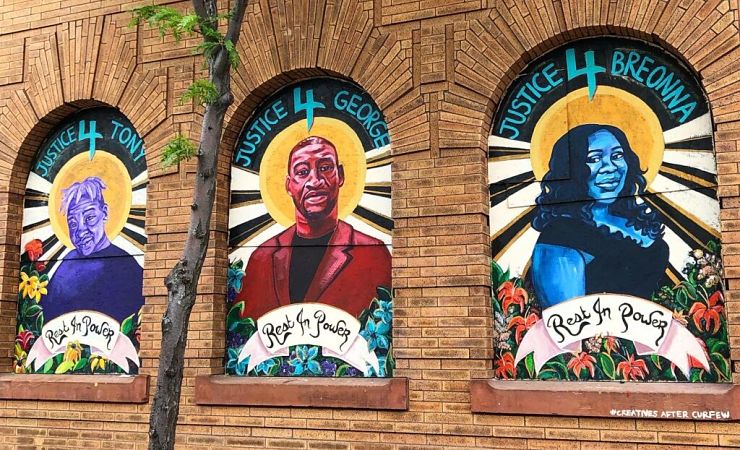
Spontaneous protests can be meaningful as reactionary responses to specific events; however, a sustained social movement requires a more carefully articulated plan of action, and an informed, visionary leadership that has its fingers on the pulse of the people. I encourage the current generation to consider the following:
First, Acknowledge that a problem exists. Every activist must be “woke” in the moment. Proof of the existence of systemic racism is in plain view in every social, economic, political and cultural sector of American society. Seek clarity about your own level of racial consciousness before committing yourself to struggle activity. American racism is a major social problematic, the severity of which must be addressed directly and forthrightly. We are all victims of systemic racism and must examine the role that race has played in shaping our lives.
Second, fully Educate yourself on the issues. Are we dealing with a new phenomenon? Are there historical antecedents? Who did what before, and where and how did they effect change? There were many successful activities in the past, coupled with notable failures. History serves as an important guide to a visionary, enlightened future. Don’t reinvent the wheel; don’t repeat past failures; build on past successes; and don’t ignore the advice and wisdom of your elders.
Third, take progressive Action. Ask yourself, what you are willing to do? Ask yourself, what are you fighting for and what sacrifices are you willing to make for the cause? Embrace a multi-layered and multifaceted approach to movement activities. Then take to the streets, join a social justice organization, confront the closet racists, talk to your family, register to vote, run for political office, support and participate in as many activities as possible that are designed to eliminate the inequities, discrepancies and social injustices that exist in America today.
Fourth, and finally, remain fully Engaged for the duration of the struggle. You are in this for the long haul. It requires a high level of energy, commitment and a full court press. Guard against co-option by government, internal and external forces. And if you begin to feel weary, chant to yourself – A- E- A- E; Acknowledge; Educate; Action; Engage!
This movement has a purpose. It is part of the on-going struggle in the fight for Black freedom and liberation. This will, ultimately, guarantee the right of all members of the Black community – unburdened by the forces of social oppression, discrimination and American racism – the opportunity to live their lives and develop to their fullest human potential. This is the real social challenge of this moment.
